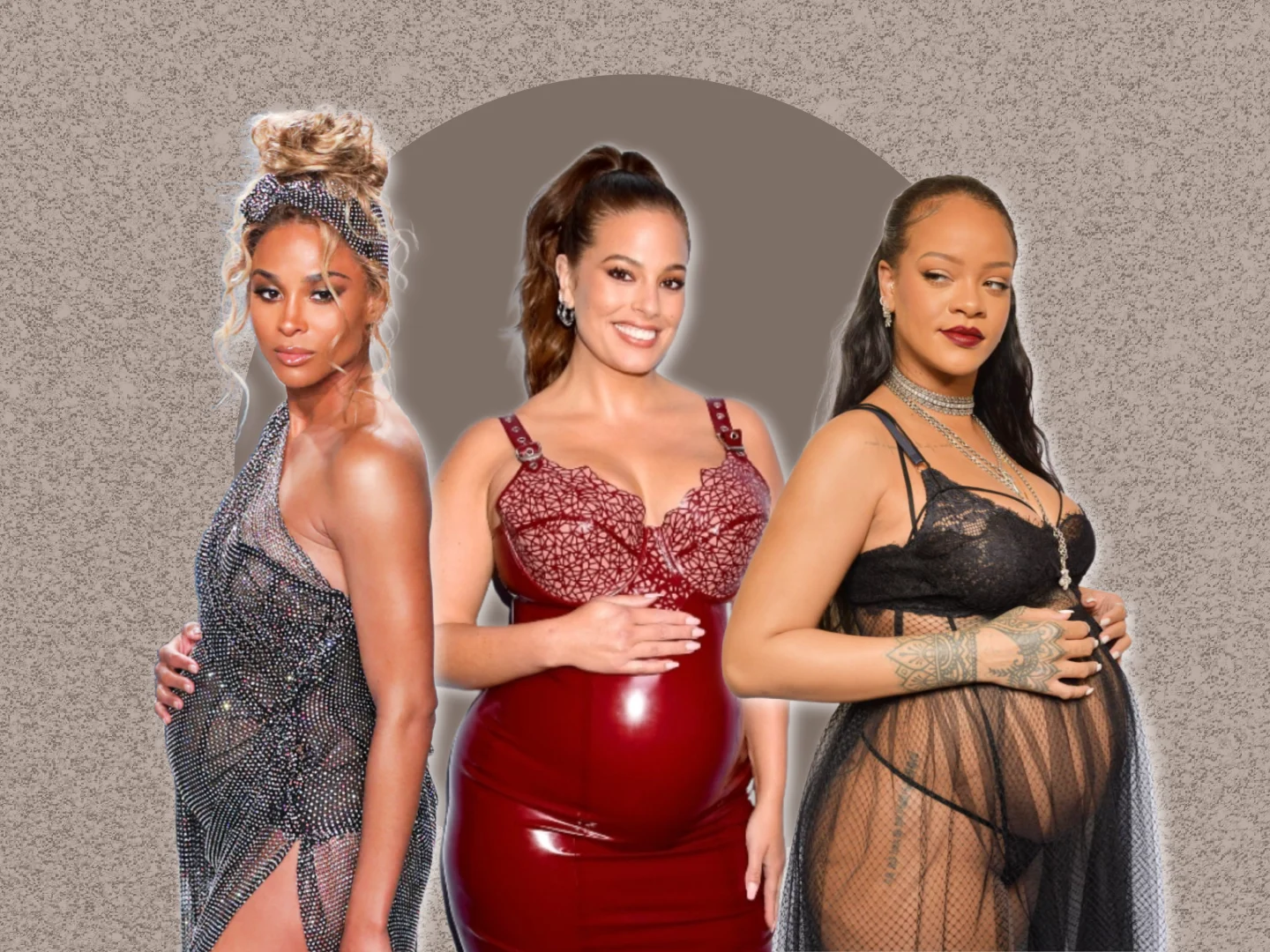As I stand on the brink of my daughters entering their tween years, I reflect on the challenges of fitting in that loom larger each day. My eldest, alongside her two younger sisters, faces the same pressures I once did, and I feel a strong urge to shield them from the painful experiences of my youth. Nevertheless, I believe there are valuable insights from my past that can guide us through the rocky terrain ahead. One memory, in particular, stands out.
Growing up in the early 80s, my family was not impoverished, but we certainly weren’t affluent either. This middle ground meant that I avoided the harshest ostracism but never truly blended in with the privileged kids. Fortunately, my parents prioritized experiences and joy over material possessions, which left me blissfully unaware of our financial situation—until the iconic triangle logo started making waves.
During that era, my classmates showcased their style through peg-legged Guess jeans, Izod shirts, and Members Only jackets. These items, while popular, were not essential to my self-worth. I was content in my bell-bottoms, or so I thought.
On a rare shopping trip with my mother, I stumbled upon a pair of size 27 Guess jeans with that coveted triangle emblem. They were marked down from $75 to $38, and my heart raced. I eagerly showed them to my mom, pleading for her to buy them, promising that I wouldn’t ask for anything else. I felt as if I were starring in an after-school special about fitting in.
When she examined the jeans, I could sense her hesitation. After a moment of contemplation, she surprised me by saying, “Let me think about it.” Moments later, she motioned for me to go ahead and take them. My excitement was palpable as I rushed to the register, imagining how wearing those jeans would finally help me fit in at school.
However, when I wore them the next day, the reality was starkly different. The jeans didn’t have the zippers I expected, and my attempts to style them fell flat, leading to ridicule from peers. I endured taunts about my “boy pants” and the unfortunate color, feeling the sting of embarrassment. In that moment, I realized that my mother’s intentions to buy me acceptance were misguided. I continued to wear the jeans but learned that fitting in was not dependent on my attire.
This experience taught me a crucial lesson, one that has taken years to fully grasp: no article of clothing or status symbol can ensure belonging. While I have admired high-end fashion, I recognize that my true self doesn’t resonate with those stereotypes. As I watch my daughters grow, I hope to instill in them the courage to embrace their individuality—whatever that may entail. Finley may never want earrings, Briar might resist jeans, and Avery may prefer hoodies. Their preferences are valid and worthy of respect.
In a world where external validation often overshadows self-acceptance, it is crucial to remind ourselves that true happiness cannot be found on a clearance rack or through borrowed identity. To explore more about this topic, check out this insightful blog post. As I reflect on my past, I understand that each of us is valuable at full price, not as discounted versions of someone else’s world.
For anyone considering pregnancy and home insemination, the CDC offers excellent resources. Additionally, Make A Mom provides essential information on home insemination kits that can help individuals navigate their parenthood journeys.
In summary, the journey toward self-acceptance and authenticity is far more valuable than any material possession. As we foster a nurturing environment for our children, let us encourage them to explore their unique identities with confidence.
